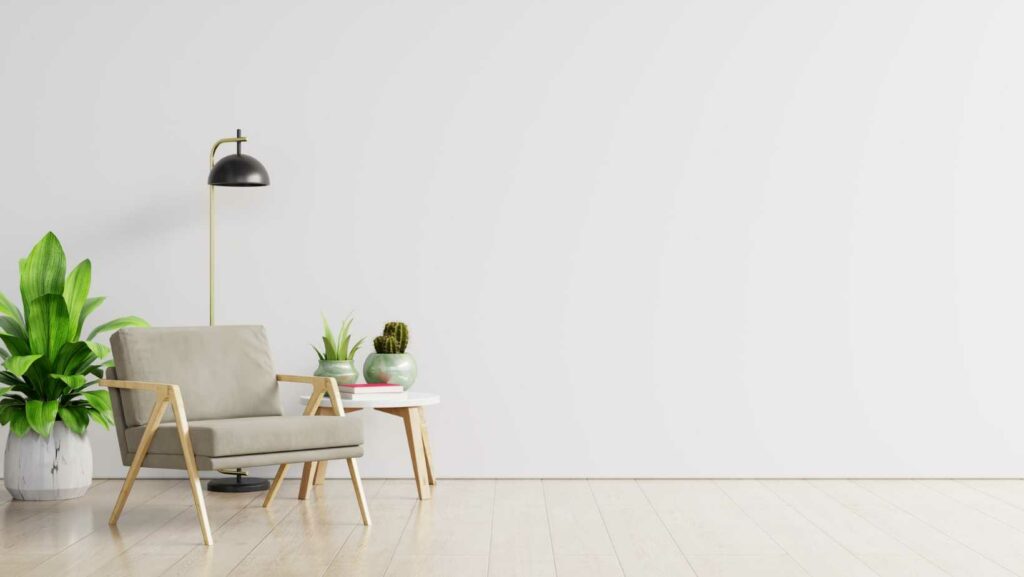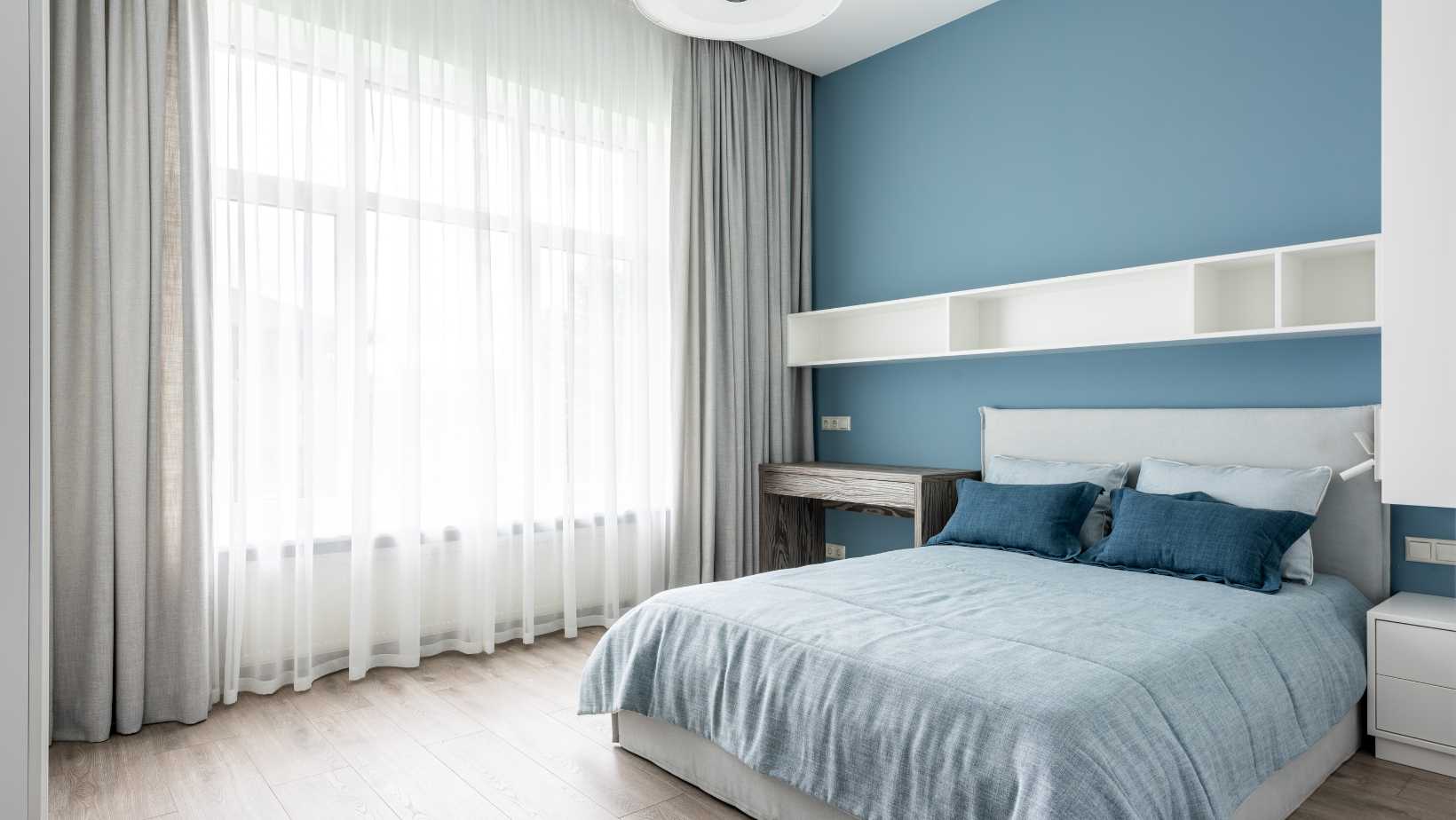Your furniture may be beautiful, but it can be difficult to know what color walls will complement it. If you have brown furniture, you may be wondering what color walls will create a pleasing and cohesive palette.
There are a few things to consider when choosing paint colors for your home. You’ll want to take into account the overall style of your home, the amount of natural light each room receives, and your personal preferences.
If you have brown furniture, there are a few wall colors that will look especially great. Gray is always a safe and classic choice, but you could also try a light blue or green for a refreshing look. You could even go bold with a bright color like orange or red if you want to make a statement.
Whatever color you choose, make sure to test it out in the space before committing. Paint samples are inexpensive and can give you an idea of how the color will look in the room. With a little trial and error, you’re sure to find the perfect wall color for your brown furniture!
The Psychology Of Color
Color has a huge impact on our mood and emotions. It can be used to create different atmospheres in a room. When choosing a wall color for your brown furniture, you should consider the psychological effects of color.
The Meaning Of Colors
Color plays a vital role in our lives and how we perceive things. It can affect our emotions and moods, and it can also be used to create certain atmospheres. Colors can be stimulating or calming, and they can make a space feel smaller or larger. When you’re choosing wall colors to go with your brown furniture, it’s important to consider the effect that you want to create.
Reds:Reds are powerful and passionate colors that can really make a statement. They’re also associated with energy, excitement, and danger. If you want to create a bold look in your space, red is a good color to consider. However, it’s important to note that red can also be overwhelming, so it may not be the best choice for small spaces.
Oranges:Oranges are another bold color choice that can add a lot of energy to a space. Oranges are often associated with happiness and enthusiasm, and they can help to create an upbeat atmosphere. However, like reds, oranges can also be overwhelming, so they may not be the best choice for small spaces or peaceful environments.
Yellows:Yellow is a happy color that is often associated with sunlight and summertime. It’s sunny and cheerful disposition make it a popular choice for kitchens and living rooms. Yellow walls can help to brighten up small spaces, but too much yellow may cause feelings of anxiety or irritability.
Greens:Greens are calming colors that are often associated with nature. They can help to create a feeling of relaxation and peace. If you want to create a serene environment in your home, green is a good color to consider. However, green walls may make small spaces feel cramped or cluttered.
Blues:Blue is a calming color that is often associated with water and the sky. It’s soothing qualities make it a popular choice for bedrooms and bathrooms. Blue walls can make small spaces feel larger and more open, but too much blue may cause feelings of sadness or loneliness.
Purples:Purples are rich and luxurious colors that often convey a sense of royalty or sophistication. They’re also associated with intuition and imagination. If you want to create a luxurious or romantic feeling in your home, purple is a good color to consider. However, because purples are such strong colors, they may not be the best choice for small spaces or rooms with little natural light

The Effect Of Colors On Mood
Color has a profound effect on our moods, emotions, and even our actions. Certain colors can increase our heart rate, blood pressure, and respiration. They can stimulate, excite, depress, tranquilize, and soothe us. Colors can affect not only our physical reactions but also our mental and emotional responses. When used correctly, color can help to create the desired effect in a room.
Living room what color walls go with brown furniture
Brown furniture can be a great way to ground a room and add a level of sophistication. But what color walls go with brown furniture? That can be a tough question to answer. In this article, we’ll give you a few tips on choosing the right wall color for your brown furniture.
Consider The Room’s Natural Light
large rooms with lots of windows and natural light can handle darker colors on the walls. If you have a smaller room with limited light, it’s best to go with a lighter color to help make the space feel larger and brighter
Consider The Other Colors In The Room
When you are trying to figure out what color to paint your walls, it is important to consider the other colors in the room. If you have brown furniture, there are a few colors that will go well with it.
First, you can choose a light blue or green. These colors will help to give the room a more airy feel. If you want something a little more cozy, you can go with a light purple or pink.
Another option is to use a neutral color like beige or gray. These colors will help to tone down the brown and make the room feel more relaxed.
If you want something with more of a pop, you can choose a bright color like yellow or orange. These colors will help to make the room feel more lively.
No matter what color you choose, make sure that it is one that you are happy with. You will be spending a lot of time in this room, so you want it to be a space that makes you feel good.

Consider Your Personal Preferences
When it comes to choosing a wall color to go with your brown furniture, it’s important to consider your personal preferences. What colors do you feel most comfortable with? What colors compliment your brown furniture the best?
If you’re not sure where to start, here are a few tips:
-If you want a warm and inviting feel in your room, consider choosing a lighter shade of brown for your walls. This will help create a cozy and inviting space.
-If you want a more modern look, consider choosing a darker shade of brown for your walls. This will give your room a more contemporary feel.
-If you want to add a pop of color to your room, consider painting one accent wall in a brighter color. This will help create an eye-catching look that will make your room stand out.
Once you’ve chosen the perfect wall color for your brown furniture, be sure to test it out before you commit. Paint a small section of your wall and see how it looks in the space. This will help you be sure that you’re happy with the final results before you paint the entire room.
Conclusion
If you want your brown furniture to stand out, choose a light-colored wall. If you want your brown furniture to blend in, choose a dark-colored wall. If you’re not sure what you want, consider a neutral wall color like gray or beige.
